Description
The Triconex 4210 finds its essential role in industrial automation environments where control systems need to bridge expansive physical distances without sacrificing safety or signal integrity. It is especially applicable in industries like oil and gas, petrochemicals, power generation, and large chemical processing plants—where equipment and I/O modules are widely distributed across large sites and remote locations. In these challenging settings, the Triconex 4210 enables reliable communication and signal transmission over long distances up to 12 kilometers, making it a critical component for safety instrumented systems used in hazardous and complex industrial processes. Its design caters perfectly to systems requiring stringent fault tolerance, electromagnetic interference immunity, and continuous operational availability. This module reduces cumbersome wiring and wiring complexity by facilitating remote I/O expansions via fiber optic communication, a necessity in distributed control systems (DCS) and supervisory control and data acquisition (SCADA) setups. Throughout industrial automation projects, the Triconex 4210 guarantees consistent signal quality and data validity, excelling in overcoming geographic challenges and supporting safety-critical functions that help companies meet tough regulatory and operational standards.
The Triconex 4210 is a Remote Extender Module (RXM) designed by Triconex, part of Schneider Electric’s industrial safety instrumented system portfolio. It is built to extend the reach of Triconex control systems by amplifying and relaying I/O bus signals between the main Tricon chassis and remote racks via single-mode fiber optic cables. As an integral part of the Triple Modular Redundant (TMR) system architecture, the Triconex 4210 plays a pivotal role in maintaining fault-tolerant communication channels, ensuring data integrity by independently processing redundant signal channels. Compatible with Triconex Trident safety platforms, this module fits within the broader control system architecture by allowing expanded deployment of input/output modules where physical distance would otherwise limit connectivity. It is highly valued by engineers and system integrators for its robustness, reliability, and seamless plug-and-play integration that supports scalable and flexible system expansions without major redesigns or downtime.
- 4210
What sets the Triconex 4210 apart are its core technical capabilities. The module supports communication rates up to 375 Kbps and extends the I/O bus over distances up to 12 kilometers using fiber optic links, a method that virtually eliminates electromagnetic interference common in industrial environments. Its rugged hardware design includes optical isolation rated at 2500 VAC, safeguarding the system from ground loops and signal distortions. The module is designed for installation in harsh environments, with an operating temperature range from -20°C to 60°C and an IP30 protection rating, making it suitable for oil rigs, chemical plants, and mining operations. The incorporation of TMR principles not only enhances error tolerance but also guarantees no single point of failure, as signal channels continuously cross-verify their data. The Triconex 4210 also supports multi-site operation, managing up to three remote locations per primary RXM set through six fiber optic cables, each channel handling specific A, B, and C communication pathways. Additionally, its modular chassis supports hot-swapping, enabling maintenance or upgrades without interrupting system operations—crucial for maximizing uptime in continuous process environments. Long-term reliability is supported by robust diagnostics that monitor fiber-optic link health and module status, helping predict failures before they cause downtime.
| Parameter | Value |
|---|---|
| Model | Triconex 4210 |
| Brand | Triconex (Schneider Electric) |
| Product Type | Remote Extender Module (RXM) |
| Power Supply | 24 V DC (redundant design supported) |
| Operating Temperature | -20°C to +60°C |
| Mounting | Rack-mounted |
| Dimensions | Approximately 241.3 mm x 24.4 mm x 241.8 mm |
| Weight | Approximately 2.75 kg |
| Communication Interface | Single-mode Fiber Optic |
| Max Transmission Distance | Up to 12 kilometers |
| Data Rate | 375 Kbps |
| Isolation | Optical isolation, 2500 VAC typical |
| Certifications | SIL 3 (IEC 61508), CE, RoHS, UL |
| Environmental Rating | IP30 (dust and limited moisture protection) |
| Cooling | Natural convection |
The Triconex 4210 is often used alongside these related models, which complement and expand its functionality within Triconex safety systems:
Triconex 4200 – Base remote extender module with similar functionality for shorter distance applications.
Triconex 4201 – Enhanced RXM with additional diagnostic and redundancy features.
Triconex 4211 – Remote extender designed for higher density I/O expansion needs.
Triconex 4210-3 – Triple modular redundant kit version of the 4210 for fault-tolerant system deployment.
Triconex 1206 – Core Tricon processor module that interfaces with the 4210 for system control.
Triconex 4008 – Power supply module compatible with multiple Triconex devices including 4210.
Before installation, it is important to ensure the control cabinet design allows for proper rack space allocation and cooling to accommodate the Triconex 4210 module and its chassis. Effective grounding and proper fiber optic cable routing are critical for avoiding signal degradation and electromagnetic interference. Fiber optic connectors must be handled carefully and cleaned properly to maintain signal quality. Maintenance regimes should include regular visual inspections of LED status indicators (PASS, FAIL, ACTIVE, TX, RX1, RX2, RX3) to monitor communication health and module operation. Periodic testing of fiber optic cable integrity and replacement of worn connectors helps maintain uptime. Firmware updates and diagnostic checks can be performed remotely or on-site to ensure the module stays compliant with evolving system requirements and safety standards. Following manufacturer-recommended maintenance schedules extends service life and minimizes unexpected outages.

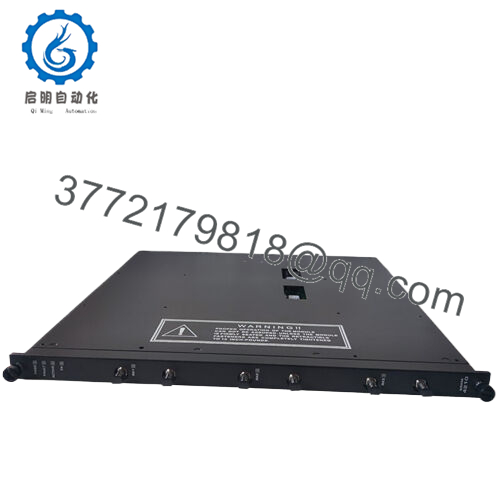
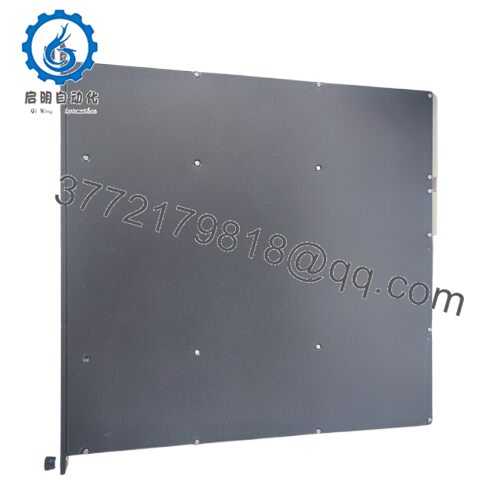
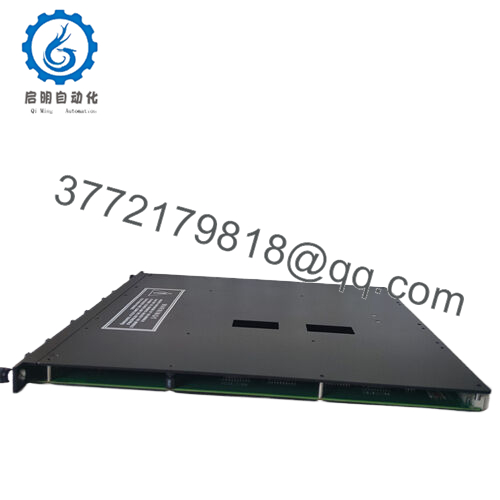
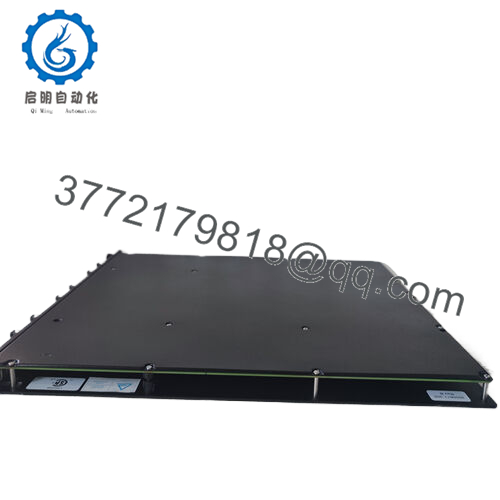
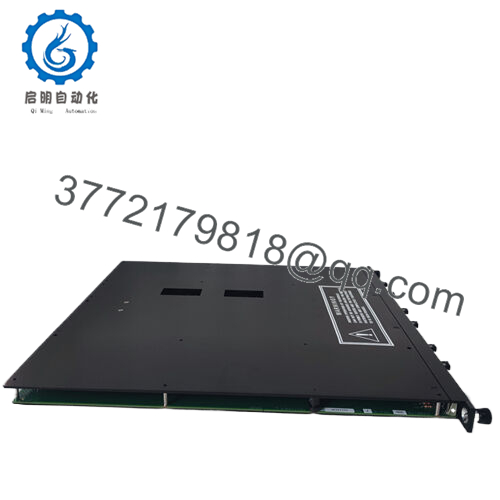
 WhatsApp: +86 16626708626
WhatsApp: +86 16626708626 Email:
Email:  Phone: +86 16626708626
Phone: +86 16626708626


